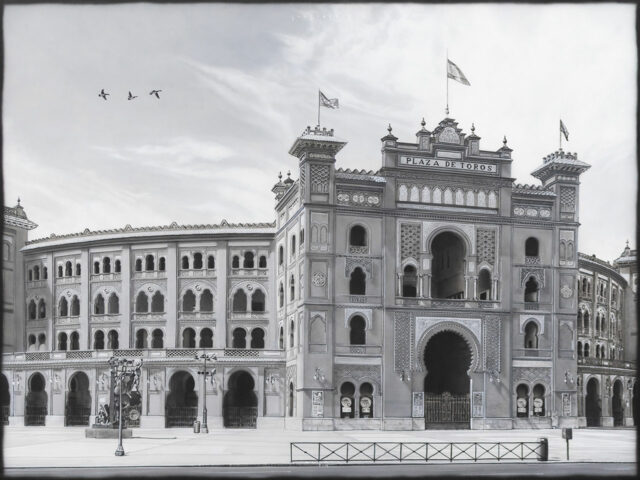(Part 4)
It is the talk of the ASEAN community that the Philippines was able to reduce its Total Fertility Rate (TFR) from 2.7 babies per fertile woman in 2017 to 1.9 in 2022 as Dr. Jeoffrey Abalos reported in a publication of the Population Association of Singapore. There are all sorts of theories about what explains this dramatic drop to TFR below replacement rate (which is 2.1) in just five years.
The immediate reaction was to attribute it to the recent COVID-19 pandemic. Some pundits, however, expressed some reservations about this explanation since, according to them, the opposite effect should have been produced by the pandemic since sexual activity would have increased when married couples were forced to stay indoors for longer periods of time during the lockdowns. Others opine that the pandemic could just have precipitated fertility postponement rather than childbearing stopping. According to surveys of the Philippine Statistics Authority (PSA) and other agencies, the following is a list of possible explanations for the decline in fertility over a longer time period:
• Delayed marriage (leading to delayed fertility). This may be limited to higher-income and educated couples whereas people in the rural areas still marry at earlier ages.
• Women’s empowerment. This can be measured by the increase in women’s participation in the labor force.
• Easier access to family planning, birth control, and higher contraceptive use.
• Lower desire for large families, mainly among women. Half of currently married women said that they no longer desire more children.
• 17% of women want to delay their next childbirth for two or more years.
In a highly empirical study for the Philippine Institute for Development Studies (PIDS), Michael Abrigo and Katha Ma-i Estopace arrived at the conclusion that the most effective contraceptives may not necessarily be delaying marriage or raising modern contraceptive use. Their analysis, contained in a paper entitled “What drives female fertility in the Philippines?,” indicated that the greatest driver of fertility decline over the last 50 years in the Philippines is improving measures of wellbeing, with marriage and contraceptive use playing only secondary roles.
While raising fertility in the future may be a possibility, this will not go significantly above replacement level of 2.1 babies per fertile woman. There is no escaping the ageing of the Philippine population. The question is whether or not the Philippines can take full advantage of the demographic dividend that we will still enjoy over the next 20 years as our TFR still remains close to the replacement rate of 2.1.
This means that the current president and at least the next three presidents who could possibly bring our country to First World status during the decade spanning 2040 to 2050 (in line with the Ambisyon 2040 vision of the National Economic and Development Authority or NEDA), must concentrate on policies and programs that will not only maintain the 6% to 7% GDP growth that we have attained since 2011, but accelerate that growth to 8% or more by addressing the most important challenges — those of improving the productivity of the agricultural sector, increasing significantly the rate of investment to GDP, and eliminating as much as possible the serious leakages due to corruption in both the public and private sectors. Those are the main means of continuing to improve economic wellbeing so that our poverty incidence can be brought down to a single-digit level of zero to 4%.
As per capita income of the Philippines reaches the $15,000 level required of a high-income economy in today’s prices, and as the poverty incidence is brought down to zero to 4%, the fertility-reducing factors above such as delayed marriages, greater participation of women in the labor force, lower desire for large families, will intensify and lead naturally to lower TFR, without the State having to interfere unnecessarily in decisions about the number of children married couples should have. State intervention in such intimate family matters as the desired number of children has always been proven disastrous in the long run, as experienced in the worst-case scenarios of Singapore, China, and Thailand. In fact, even in countries like Japan, South Korea, and Spain where the Government did not aggressively push birth control programs, there is great consternation about the steep decline in fertility and rapid ageing so that their respective Governments are trying to desperately apply measures to encourage couples, whether married or not, to have more children.
People in our Congress should stop wasting time legislating on what they call Responsible Parenthood or Reproductive Health. In fact, our concern today should be to make sure that success in significantly increasing our per capita income in the next 20 years or so will lead to a more equitable distribution of income and wealth. This will make it possible for the average married couple to be able to afford having at least three children each, which will guarantee the replacement level. We can then conceive of a future Philippines which will reach a peak population (say 150 million) but need not suffer from the consequences (inadequate social security, depleting labor force, loneliness of senior citizens, etc.) of a rapidly ageing population as is now happening in its most acute form in Japan.
It is to be expected that as a society becomes richer and more industrialized and urbanized, there will be fewer families with numerous children (six or more) as we have seen in the past. Delayed marriages (people marrying in their thirties or even forties), the need for both husband and wife to work to support the increasing costs of education of their children, more expensive housing, etc., would lead to lower fertility rates. There could arise circumstances in which married couples may legitimately plan to have fewer children than they could have during the fertility cycle of the wife, but for religious or non-religious reasons do not want to resort to the use of artificial contraceptives. They can resort to Natural Family Planning (NFP) methods which have been perfected to a science by modern medical research.
Here, let us remind practicing Catholics and those who believe in observing the Natural Law about the reasons why the use of artificial contraceptives goes against nature and the dignity of the human person. It was Pope Paul VI in his Encyclical, Humanae Vitae — addressed to Catholics and all men and women of good will — who wrote authoritatively that “direct interruption of the generative process already begun and, above all, direct abortion, even for therapeutic reasons, are to be absolutely excluded as lawful means of regulating the number of children. Equally to be condemned… is direct sterilization, whether of the man or the woman, whether permanent or temporary… Similarly excluded is any action which either before, at the moment, or after sexual intercourse, is specifically intended to prevent procreation — whether as an end or a means.”
The Catholic Church, however, allows for serious and well-grounded reasons for married couples to space birth. These reasons may arise from the physical or psychological condition of husband or wife, or from external circumstances. In these cases, the Church teaches that married people may take advantage of the natural cycles immanent in the reproductive system and engage in marital intercourse only during those times that are infertile, thus controlling birth in a way which does not offend the moral principles explained in Humanae Vitae. NFP, as declared by the US Catholic Conference of Bishops (USCCB), besides being in consonance with natural law (which applies to all human beings), is good for marriage for the following reasons: NFP supports reproductive health, has no harmful effects, is environmentally friendly, is inexpensive, cooperates with a couple’s combined fertility, is useful to either achieving or avoiding pregnancy, can be used throughout the reproductive life cycle, requires shared responsibility and cooperation by husband and wife, fosters mutual communication between husband and wife, encourages respect for and acceptance of the total person, promotes marital chastity, values the child, and, most importantly, honors God’s design for married life.
(To be continued.)
Bernardo M. Villegas has a Ph.D. in Economics from Harvard, is professor emeritus at the University of Asia and the Pacific, and a visiting professor at the IESE Business School in Barcelona, Spain. He was a member of the 1986 Constitutional Commission.
bernardo.villegas@uap.asia
















